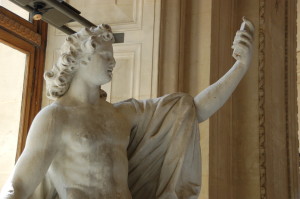The infamous monkey selfie is quite an interesting copyright case. I wrote about it in the latest issue of the Transatlantic Technology Law Forum (TTLF) newsletter. The blog post is here. What is the case about?

A human photographer set a camera in a reserve in Indonesia. A macaque named Naruto clicked the button while looking at the camera. A beautiful selfie is taken. Who owns the copyright of this photograph? Is the selfie in the public domain? Does the human photographer own the copyright? Or does Naruto own it?
The human photographer published a book featuring the selfie, along with other pictures taken by Naruto. The People for the Ethical Treatment of Animals (PETA) filed a complaint against him and the publisher, acting on behalf of the monkey. PETA lost the case.
Naruto had argued that he had:
“the right to own and benefit from the copyright in the Monkey Selfies in the same manner and to the same extent as any other author. Had the Monkey Selfies been made by a human using Slater’s unattended camera, that human would be declared the photographs’ author and copyright owner. While the claim of authorship by species other than homo sapiens may be novel, “authorship” under the Copyright Act, 17 U.S.C. § 101 et seq., is sufficiently broad so as to permit the protections of the law to extend to any original work, including those created by Naruto.”
Alas! Animals have no standing under the Copyright Act, meaning they cannot filed a copyright infringement suit (or any other lawsuit for that matter.) In Cetacean Community v. Bush, the Ninth Circuit Court of Appeals held that “if Congress and the President intended to take the extraordinary step of authorizing animals as well as people and legal entities to sue, they could, and should, have said so plainly.”
But that does not necessary mean that the human photographer owns the copyright in the selfie. The selfie is probably in the public domain in the U.S., but may not be in the European Union.
Image is courtesy of Flickr User Carine06 under a CC BY-SA 2.0 license.
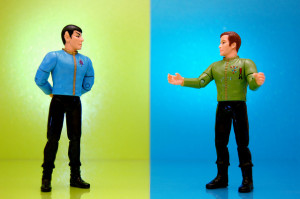
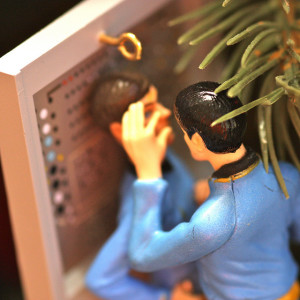
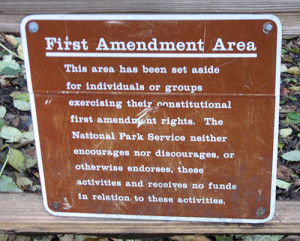
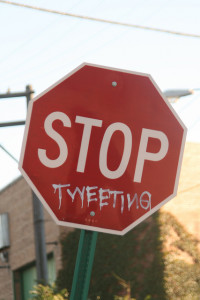
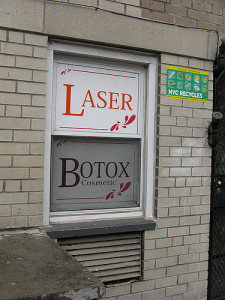
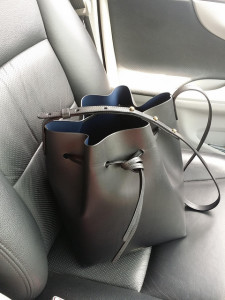
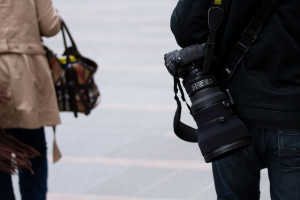

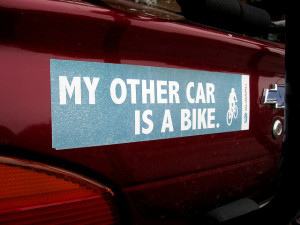 Plaintiffs in two recent Intellectual Property cases were urged from the bench to have a little bit more humor.
Plaintiffs in two recent Intellectual Property cases were urged from the bench to have a little bit more humor.